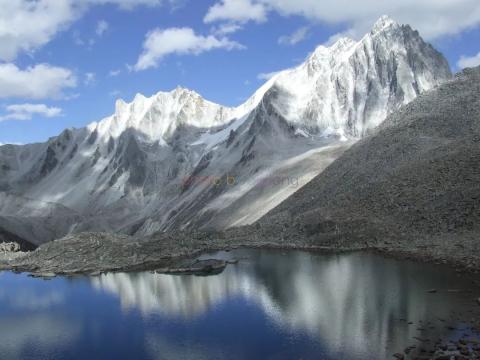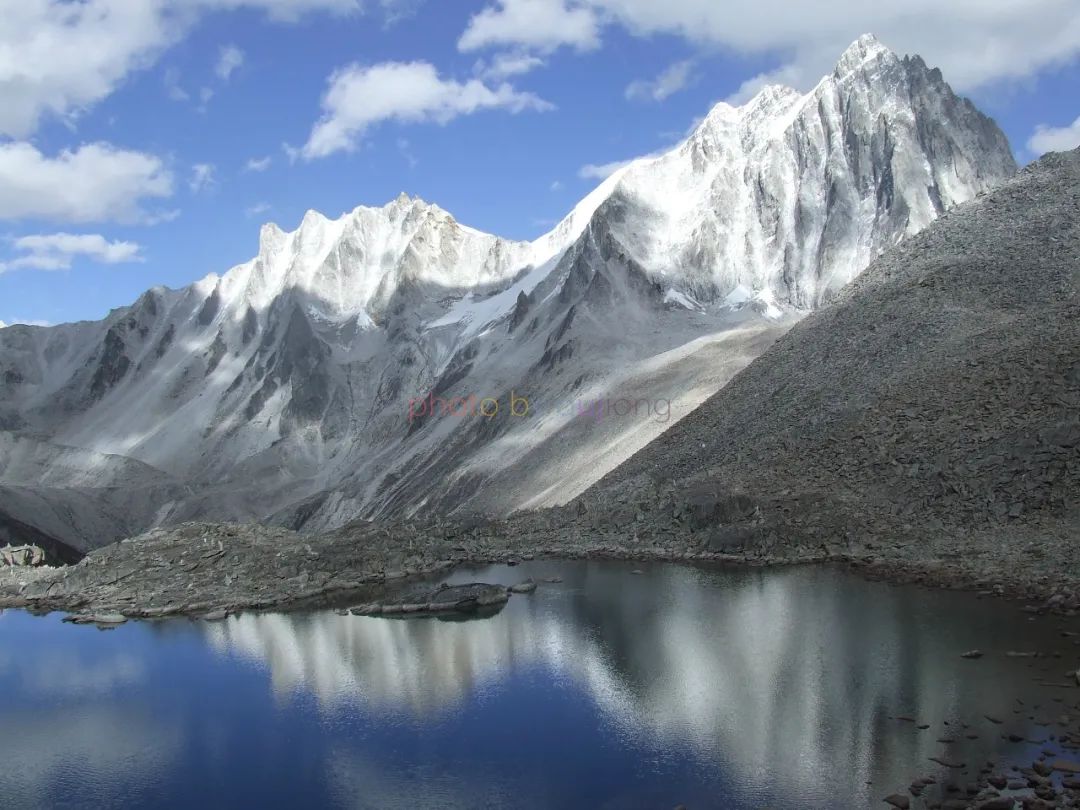

TIPS
Schedule time:
September 26-October 5, 2009
route:
September 26 | Arrive in Chengdu at noon and stay overnight
September 27th | Go to Kangding at 5:00 in the morning, Kangding-Yajiang at 14:00, and stay overnight
September 28th | 7:00 am Yajiang—Litang, 14:00 Litang—Zhangna Township, accommodation
September 29 | Zhangna Township—Hupi Dam—Gechai Chindo Dam—Lenggu Temple (17 kilometers in total)
September 30 | Lenggu Temple, surroundings, Genie main peak glacier, departure from Lenggu Temple at 14:00 - 10km - Naiganduo Village, accommodation
October 1st | Naiganduo Village-6km-Zetong Village-4km-Lazai Pass-4km-Lama Ya-71km-Litang, accommodation
October 2 | Litang-Yading Village Accommodation
October 3 | Aden-Kangding Accommodation
October 4 | Kangding-Chengdu Accommodation
October 5 | Chengdu-Beijing
"Episode 3" Meeting the "goddess" Kangnan for the first time









"Episode 4" The most beautiful rainbow in life







